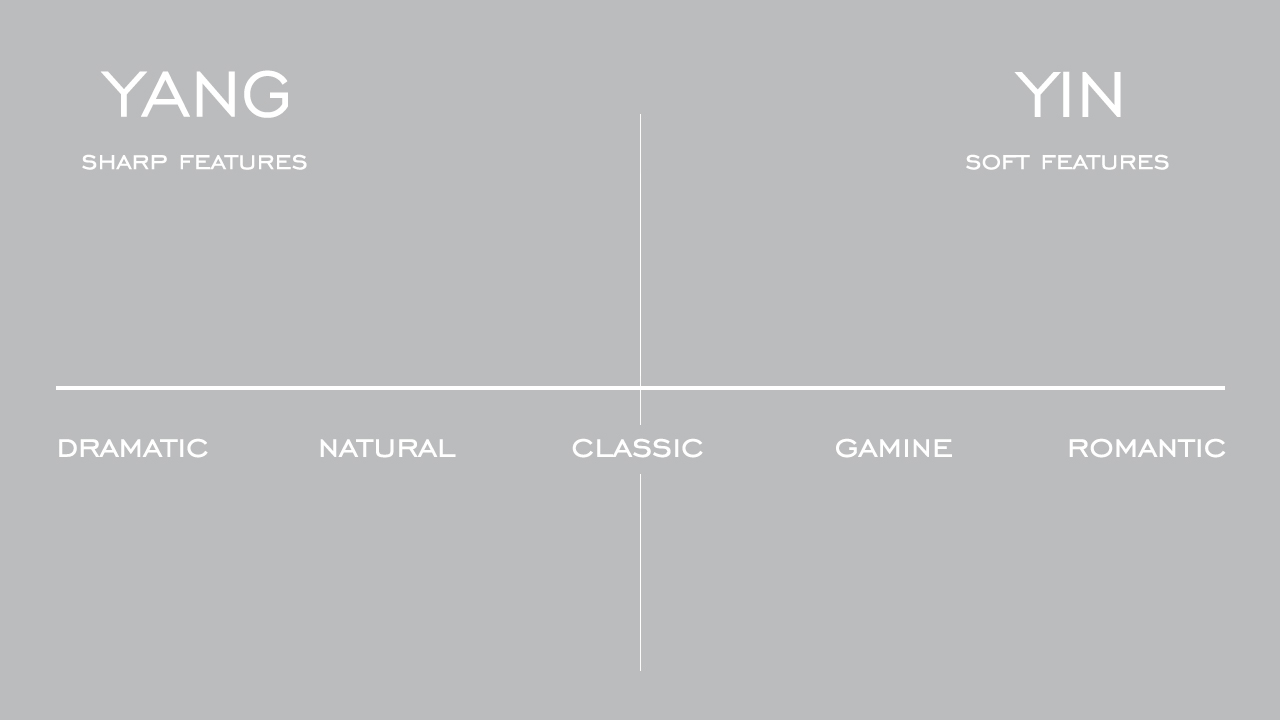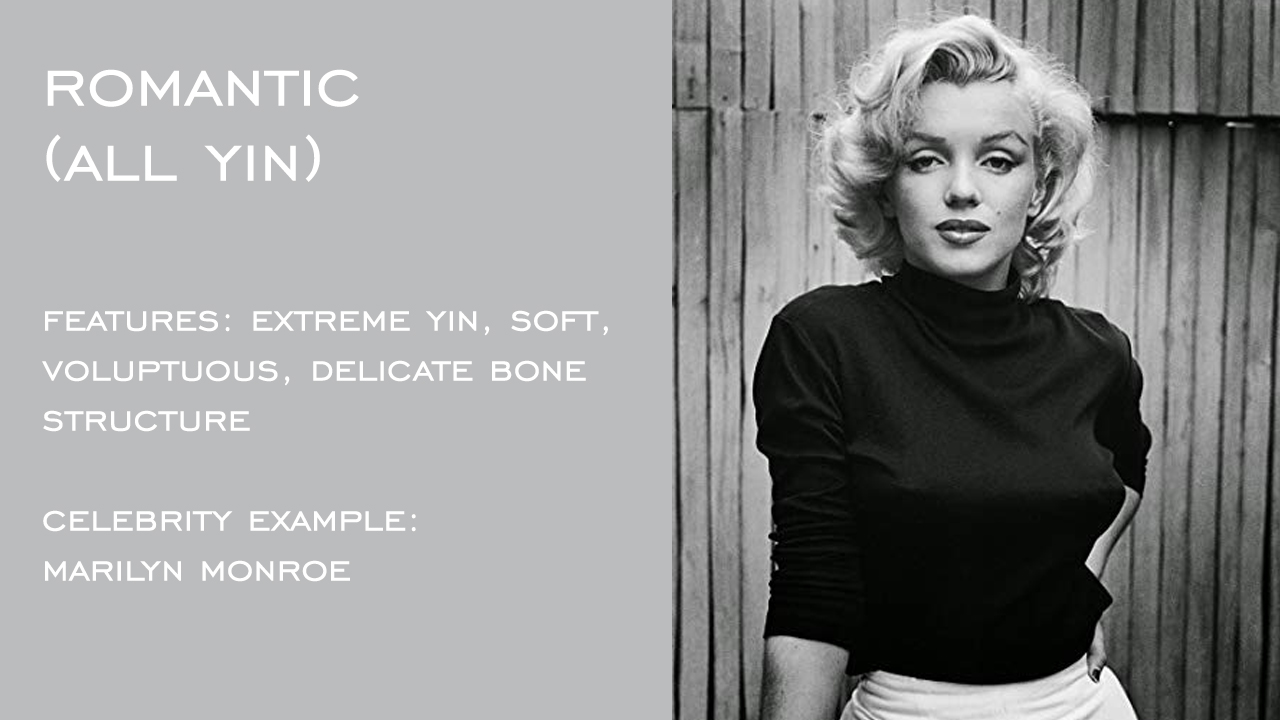When we think of body types, most of us think of the basic categories (hourglass, circle, inverted triangle, pear and rectangle) that are based on the proportions of your bust, waist and hips.
But, what about the rest of us? Things like our facial features, shoulder size and drape and our overall height? These also work together to make up who we are and stylist David Kibbe agreed, and believed that all of us are a mix of yin (feminine/soft features) and yang (masculine/sharp features) and figuring out how much we have of each, gives us 1 of 5 main body types and 13 sub types. Today, we’re going to go over what those are, how you can figure out which one applies to you and how it can help you build your dream wardrobe.
WHAT ARE THE TYPES?
Kibbe belived that there are 5 main body types ranging from all yin to all yang - dramatic, natural, classic, gamine and romantic and these 5 main types can flow slightly into the type immediately before or after it, resulting in 13 types. These types are outlined below.
5 MAIN TYPES
13 TYPES
WHICH TYPE AM I?
To figure out your Kibbe body type, I recommend taking the quiz. It takes you through a series of questions that help you determine the yin and yang characteristics that you have running throughout your unique body. So, for example if I look at myself, I have a slightly rounded face with high cheekbones and not too much drama. I also have slightly rounded shoulders and I’m not tall and not too petite. Based on these and other characteristics, I think I’m a soft classic and this becomes really evident when I see myself in a very structured white shirt vs a softer, slightly rounded white shirt. I love them both, but some days the softer shirt feels more like me and now I know why. Below, I’ve outlined some celebrity examples of each type along with some of the features they have.
WHY IS THIS HELPFUL?
Like anything designed to standardize our bodies, one size does not fit all and there are certainly limitations and possible confusions that can arise from Kibbe’s body typing. BUT, you can still use this information to help pin point the wardrobe basics that will make you feel your best and maybe shed light on why you’ve never liked certain items even though so many other people seem to. I know I personally found this system incredibly helpful for justifying why I was drawn to the clothes I am and why I don’t like head-to-toe classic, structured looks and instead favor classic pieces with a little softness thrown in. Essentially, it can help save you time and make shopping a little bit easier.
I also love that this system encourages us to find and wear the silhouettes that will highlight our unique features rather than aiming to disguise and diminish certain features in pursuit of one uniform body type. This system seems to celebrate our difference. I think finding and loving the pieces that make us feel harmonious with our true, unique selves is one of the things that makes fashion so fun.
















